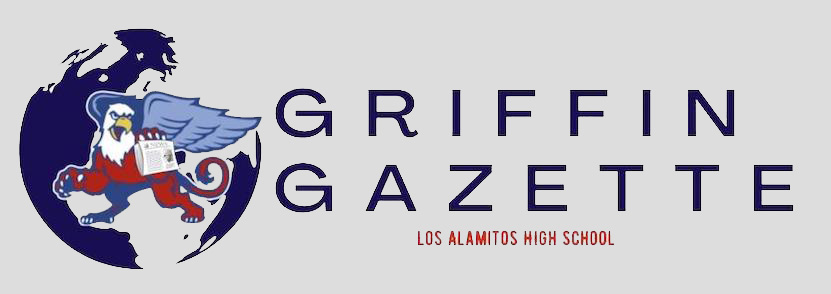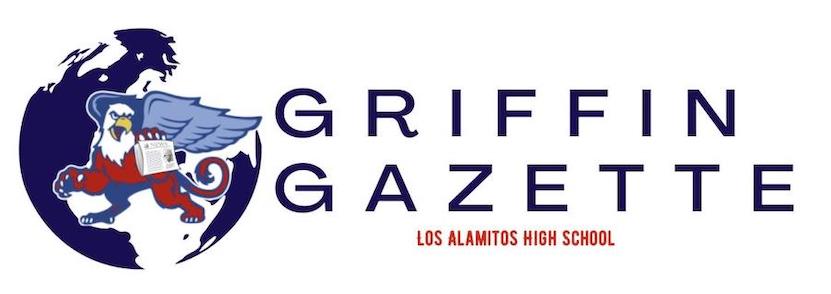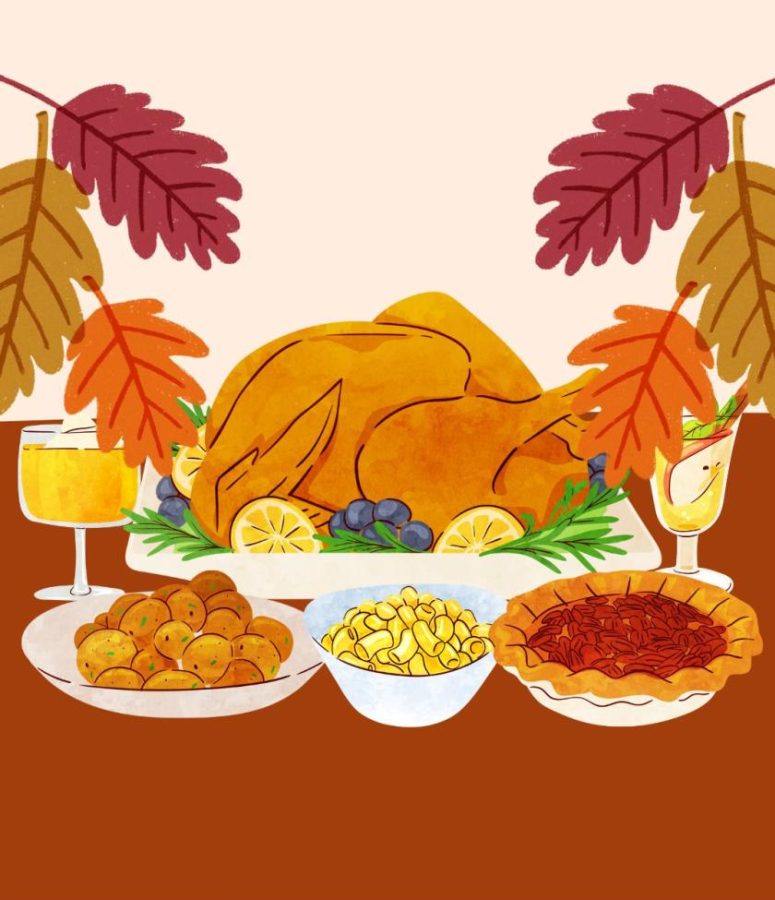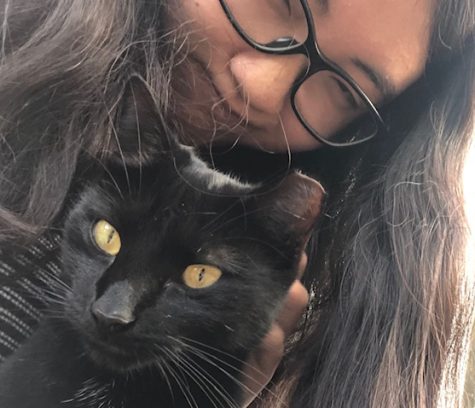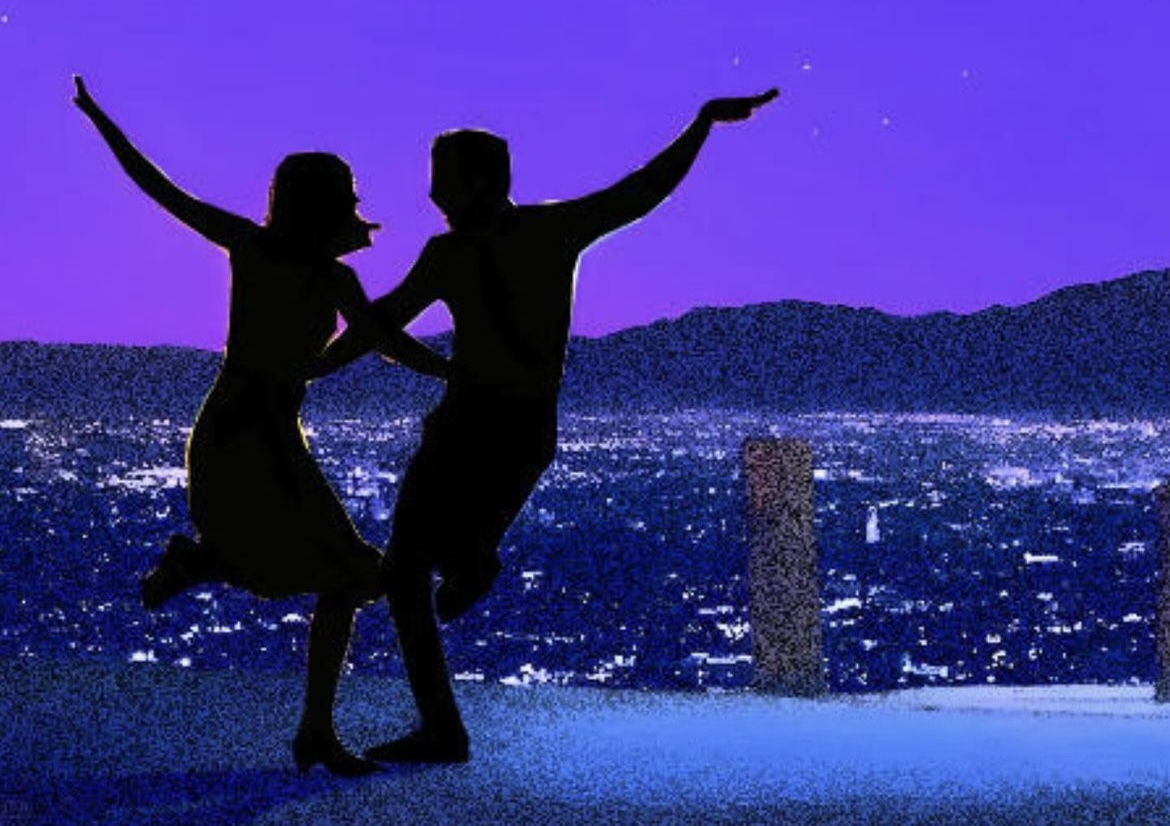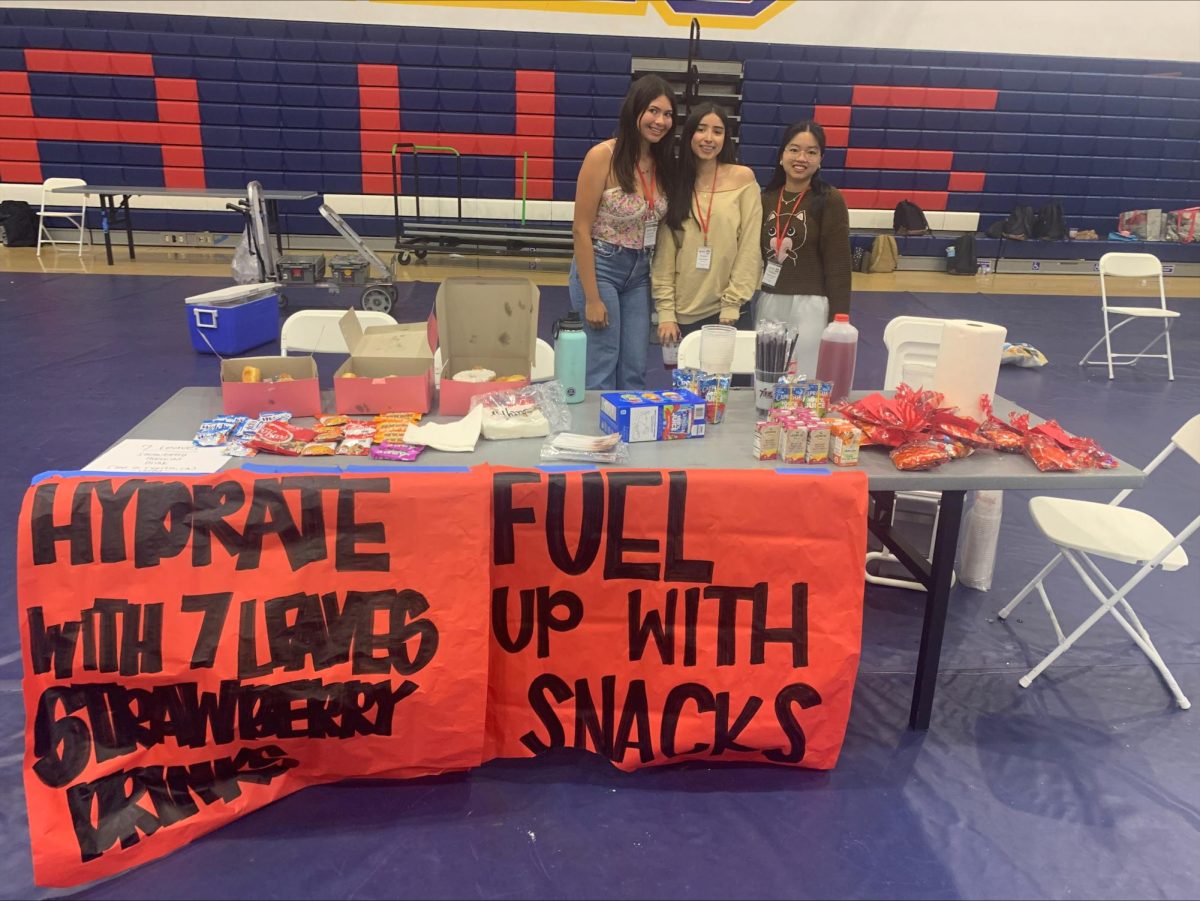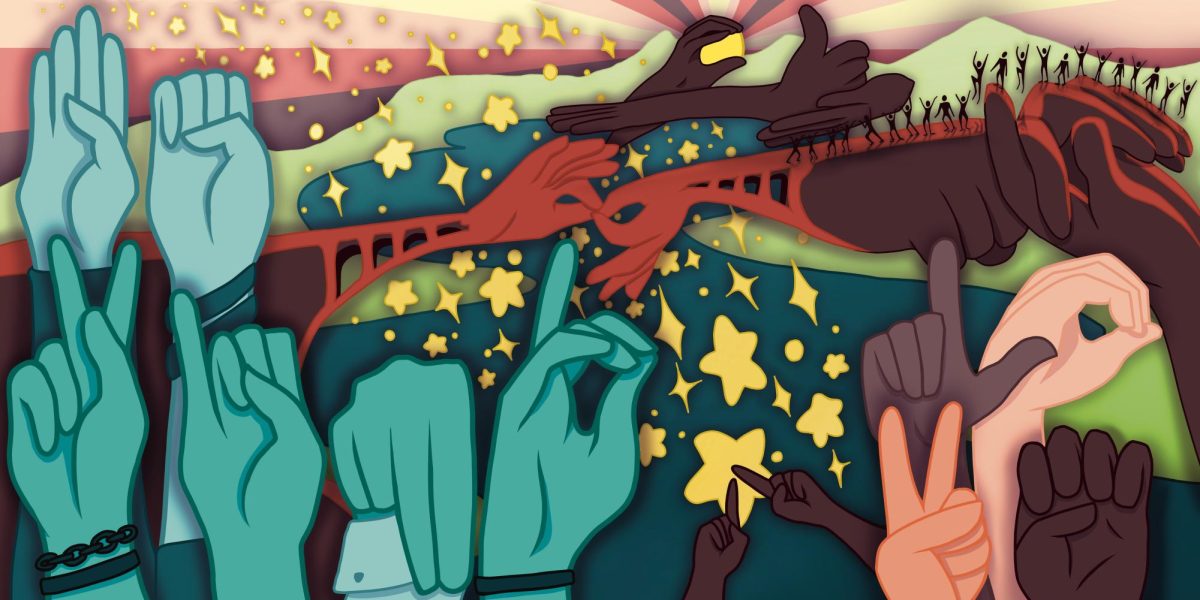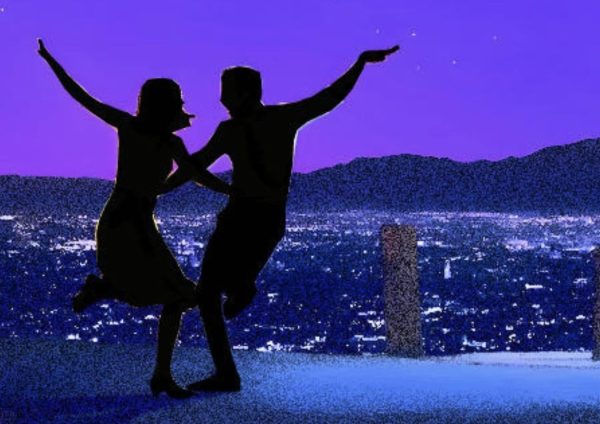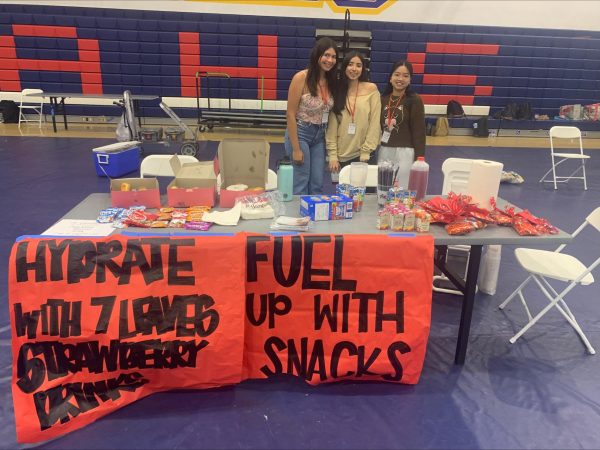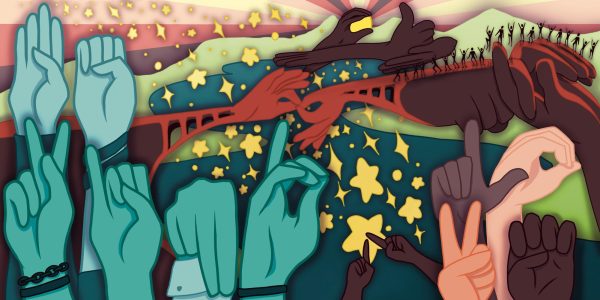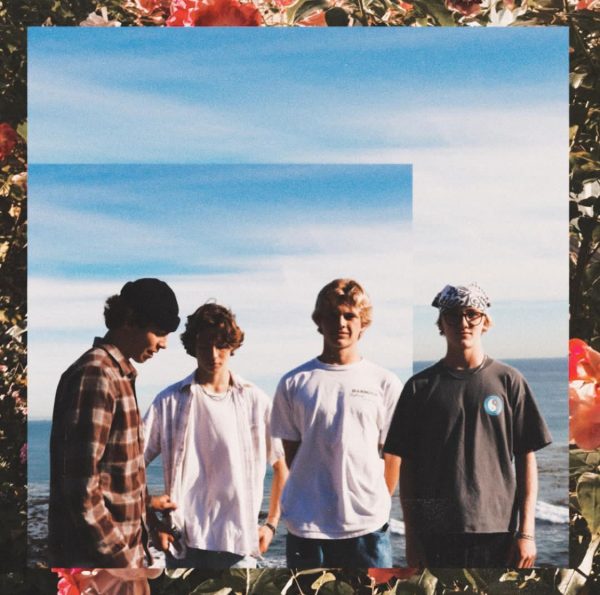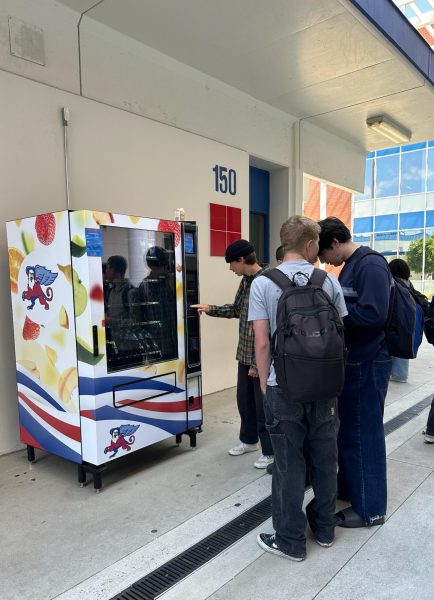Should we celebrate Thanksgiving?
The startling truth behind Thanksgiving and Native American opinion on the holiday
Alicia Tan (made through Canva)
A traditional American Thanksgiving Spread with turkey, pie, mac and cheese, and more.
November 17, 2022
LOS ALAMITOS, CA – It’s 1621. The English separatists, also known as the Pilgrims, have just finished their first successful corn harvest with the guidance of the native Wampanoag tribe. In celebration, the separatists decide to hunt fowl for a feast to celebrate the first sign of growth in their recently established colony. They invite several Native American allies to the feast, including the Wampanoag chief, Massasoit. Massasoit and the Wampanoag offer venison of their own for the separatists’ day of thanks. The feast is successful and consists of singing, dancing, and drinking. They eat a variety of food, including shellfish, eel, vegetables, and the venison and fowl that the separatists and Wampanoag caught. The celebration becomes known as the first Thanksgiving.
Similar to most depictions of the first Thanksgiving, this tale of singing and dancing cannot be confirmed. In fact, most descriptions of the first Thanksgiving are nothing more than myths. Evidence to back up that the event even happened is solely present through a single letter written by an attendee of the celebration. Because of that, the details aren’t clear, and people have filled in the blank spaces with everything from educated guesses to completely outlandish claims.
The truth of Thanksgiving is often blurred by romanticized myths and fantastical tales. There are a few things we do know, though. For one, the 1621 Thanksgiving was the only one that was shared between Native Americans and English colonists in order to forge peace and was followed years later by the betrayal and massacre of the land’s natives. Additionally, the 1621 Thanksgiving was not the origin of the concept of Thanksgiving, contrary to popular belief.
The tradition of giving thanks through a feast can be traced back to Native Americans as well as a variety of other cultures around the world. Native Americans have had a tradition of feasting to celebrate the fall harvest for centuries. Romans, Greeks, and Egyptians, too, often feasted together to celebrate successful harvests and honor their gods.
Prior to arriving in the colonies, the Puritans and separatists had their own traditions of fasting during difficult times and feasting in celebration of fortune. After the end of the Revolutionary War, these traditions were included in the foundations of the United States. The Continental Congress designated multiple days of Thanksgiving, and following the colonist victory in the American Revolution, General George Washington proclaimed the first official Thanksgiving in the United States in order to celebrate the creation of the new country. In 1863, Sarah Joseph Hale, a writer most commonly known for authoring the nursery rhyme “Mary had a Little Lamb,” urged President Abraham Lincoln to make Thanksgiving a holiday in celebration of the end of the Civil War. That same year her insistence was successful, and Thanksgiving was officially established as a national holiday to be celebrated on the final Thursday of November. Years later, the date was changed to the fourth Thursday in November by President Franklin D. Roosevelt to increase Christmas sales following the turkey-based holiday.
An Indigenous point of view
A day of mourning
For many Americans, Thanksgiving is a day to eat food and celebrate jovially with family and friends. For those with a Native background, however, the day is often shrouded in mourning. On May 6, 1637, over 500 Pequot tribe women, children, and elders were massacred and burned while their warriors were away. The attackers were Plymouth and Saybrook colonists who were trying to push the Pequots out of their land in order to gain more control over the fur trade. This day would go on to become known as the Mystic Massacre.
The Mystic Massacre was the first instance of mass genocide committed on Native Americans by European colonists in what would later become the United States. It was the first of many attacks on innocent Native Americans and served as a bloody gateway to what Natives would face as Europeans continued to spread across the Americas.
Since 1970, the United American Indians of New England (UAINE) have gathered every Thanksgiving at Cole’s Hill in Plymouth, Massachusetts in observance of the National Day of Mourning. The National Day of Mourning is a reminder of the genocide and theft of land Native Americans faced in the past as well as the racism and oppression they often face in the present. It was spurred by moments in the United States and Native American history much like the Mystic Massacre that have been lost in history books and are often not taught in classrooms.
The real issue with Thanksgiving
In an article detailing how Native Americans view Thanksgiving, Dennis Zotigh, a member of the Kiowa Gourd Clan and the San Juan Pueblo Winter Clan, shares that the romanticized myth of Thanksgiving has created harmful images of Native Americans that have negatively affected young minds. However, he asserts that the history behind Thanksgiving doesn’t mean it’s wrong to gather with friends and family. Zotigh takes a stance that the issue with Thanksgiving revolves around how the holiday is presented to children.
“Tolerance of mockery by teachers is a great concern to Native parents,” Zotigh wrote in his article. “Much harm has been done to generations of Indian people by perpetuating negative and harmful images in young minds. Presenting Thanksgiving to children as primarily a happy time trivializes our shared history and teaches a half-truth.”
Zotigh goes on to share that he wishes schools would teach the full truth of Thanksgiving and Native American history to students before graduating high school, but sadly, this rarely happens. Zotigh isn’t the only one who feels this way.
“With the ugly history in reference to our Native ancestors, I don’t acknowledge the idea of Pilgrims and Indians,” a Native American from Arlee, Montana shared in Zotigh’s article. “It would be great if the education system used [Thanksgiving] as an opportunity to teach the real history of what happened.”
Celebrating Thanksgiving
So should we celebrate Thanksgiving? The truth is that it’s up to each family. We can celebrate Thanksgiving without celebrating the Thanksgiving of 1621 and the massacre of innocent Indigenous people that followed. In fact, it’s what many Native Americans do.
“Do I celebrate Thanksgiving?” Zotigh posed. “No, I don’t celebrate. But I do take advantage of the holiday and get together with family and friends to share a large meal without once thinking of the Thanksgiving in 1621. I think it is the same in many Native households.”
Like Zotigh presents, Thanksgiving is about much more than one Thanksgiving that occurred over 400 years ago. Thanksgiving is a day that celebrates friends, families, and the blessings of the past year.
However, that doesn’t mean that we should forget about the Thanksgiving of 1621. That day is one that represents a time of United States history that ended in blatant hypocrisy and moral injustice. The United States education system needs to do a better job of teaching the full reality of the genocide committed on Indigenous people and stop hiding the truth behind poorly made, romanticized re-enactments of the 1621 Thanksgiving. The history between Native Americans and European colonists stretches much further than one feast of peace. Centuries of thievery, massacre, and forced assimilation have culminated into a nation that fails to recognize the rich culture of its own Indigenous people.
Still, Thanksgiving holds different meanings for different people, and many Native Americans celebrate Thanksgiving as a way to show thanks for their rich history.
Maybe we celebrate, after all that has happened to our Native people, that we are still here. We still have our songs and dances, our ceremonies that make us who we are.
— Native American from Minneapolis, Minnesota via Zotigh's article
Conclusion
If you do plan to celebrate Thanksgiving, enjoy food with your loved ones and give thanks for the blessings you have received. However, take some time to recognize and celebrate the diverse culture and traditions of Native Americans across the nation. This month is Native American Heritage Month, also referred to as American Indian and Alaska Native Heritage Month. It is a time that serves to honor the works and accomplishments of Indigenous people as well as their cultural traditions. For more resources on Native American Heritage Month, you can visit PBS’s Native American and Alaska Heritage Month spotlight, which highlights different Native American works, or the National Park Service’s Native American Heritage Month site, which gives more information on Native American traditions.
